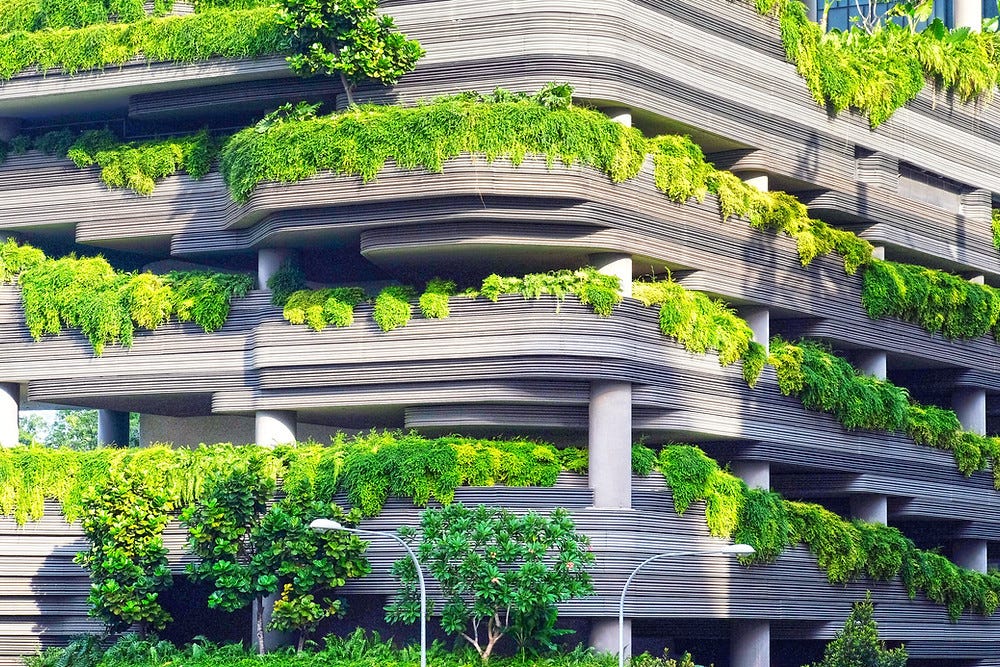The former CEO of Starkey Construction, William Starkey is a Montgomery, Texas resident who spent more than 35 years at the helm of the Texas-based construction company. Responsible for all operations at the company, William “Bill” Starkey and his team implemented several green building techniques when designing custom homes, churches, hospitals, and other buildings.
A part of the United States Green Building Council, Leadership in Energy and Environmental Design (LEED) is the world’s most widely used green building program. Designed for helping people and communities thrive, the program denotes that buildings are energy and resource-efficient. Having a LEED-certified building leads to buildings' improved financial performance by granting them differentiation in the market. LEED certification also increases employee recruitment and retention rates, attracts tenants most often, and reduces building operating costs.
LEED certification is granted in one of four ratings: certified, silver, gold, and platinum. These ratings apply to buildings in all phases of development. However, certification is generally reserved for more completed projects, particularly in certifying building design and construction techniques. For these buildings, at least 60 percent of a project's gross floor area must be done by the time certification is granted.

